Management Tools to Keep Employees Engaged and Motivated in 2025

Employee engagement and motivation are crucial for the success of any business. Engaged employees are more productive, more committed, and more likely to stay with their employer.
In today’s fast-paced business environment, it is more important than ever for managers to keep their employees engaged and motivated. As per the Team Stage report, Only 15% of employees globally feel engaged in their jobs, and highly engaged teams increase business profitability by 21%.
StageAccording to recent research engaged employees are 17% more productive than their disengaged counterparts. Studies also show that engaged employees are 87% less likely to leave their organization. It shows that they are satisfied with their jobs. Another study finds out that
In this article, we will discuss some management tools that can be used to keep employees engaged and motivated in 2025.
Keep reading to learn more!
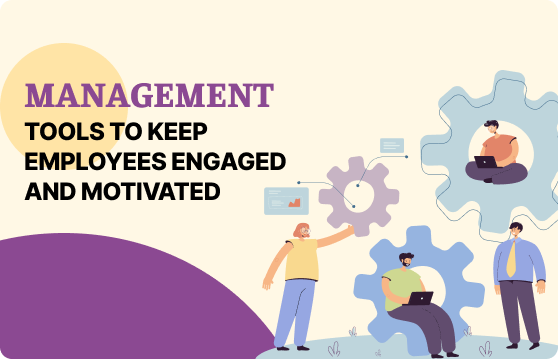
5 Important Management Tools in 2025
Management tools play a crucial role in keeping employees engaged and motivated in the workplace. From employee recognition and reward programs to clear communication and transparency, these tools provide managers with the means to create a positive and productive work environment. Here, we will discuss five key management tools that can be used to keep employees engaged and motivated in 2025.
1. Employee Recognition and Reward Programs
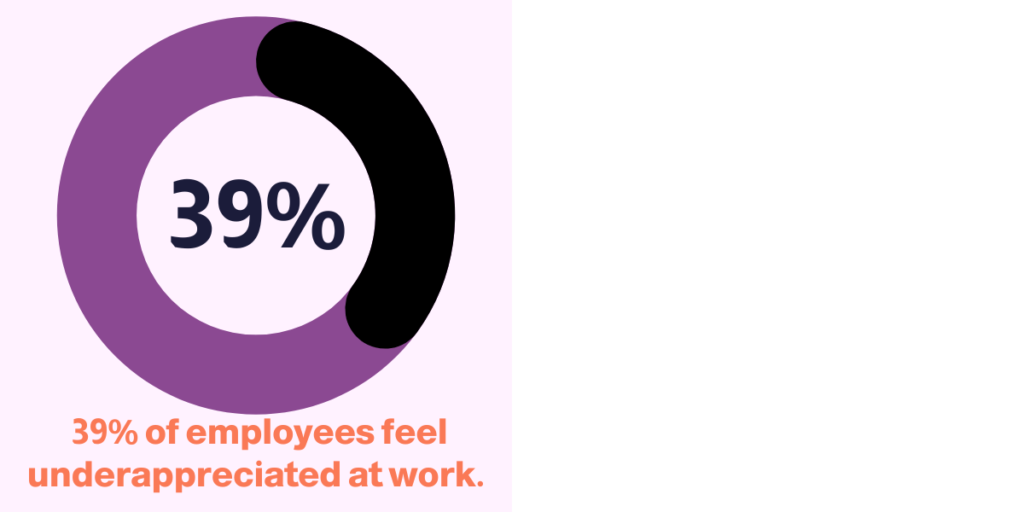
According to research, 39% of employees feel underappreciated at work. This causes a lack of employee recognition and subsequently rewards programs are not initiated. Therefore, recognizing and rewarding employees for their hard work and achievements is crucial in 2013 and one of the most effective ways to keep them engaged and motivated. Employee recognition programs can take many forms, such as bonuses, promotions, or even simple thank-you notes. The key is to make sure that the rewards are meaningful and that they are given in a timely and appropriate manner.
The following tips can help managers recognize employee input and reward programs as employee engagement tools?:
Research shows that 66% of employees were motivated to stay at their job with the presence of a corporate incentive program.
Therefore, it is necessary to ensure that the rewards are meaningful to the employees and that they are given in a timely and appropriate manner. For example, a bonus for meeting a sales quota or a promotion for exceptional performance should be given soon after the achievement. The delayed rewards do not motivate employees to improve their performance.

The program should be straightforward for employees to understand and participate in. It should be communicated clearly, and the reward criteria should be clearly defined. The program should also be simple to administer so that managers and supervisors can easily recognize and reward employees for their achievements.
According to research, 41% of employees do not feel valued at work despite the fact 90% of employees say recognition motivates them to work harder. Managers and supervisors are often the first line of contact with employees and are in the best position to recognize and reward them for their achievements. Encourage them to use the recognition and reward program and to provide feedback to employees. This will help to create a culture of recognition and appreciation, which will be beneficial for both employees and the organization.
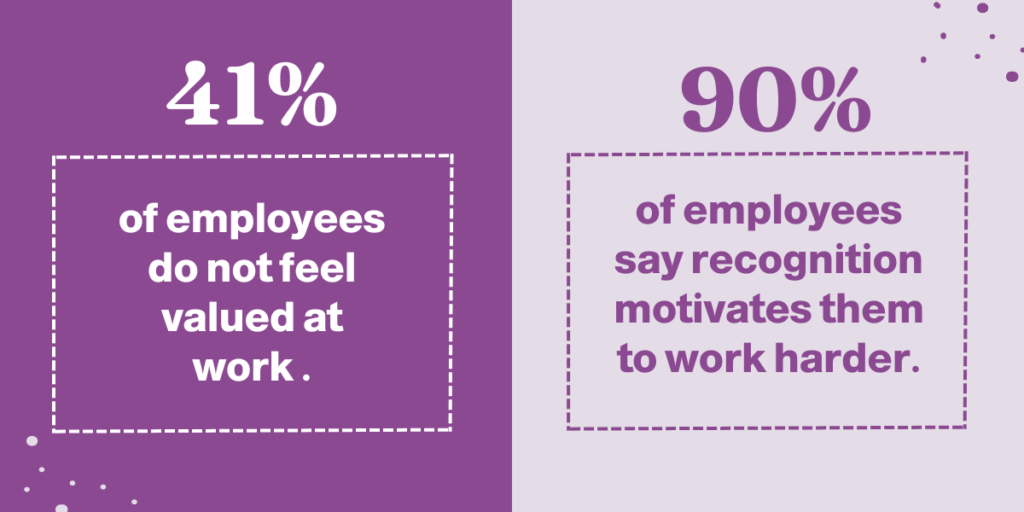
2. Clear Communication and Transparency
Research indicates that 28% of workers attribute missed deadlines to inadequate communication by their managers. A separate study conducted by Salesforce, which surveyed not only employees but also corporate leaders and educators, found that an overwhelming majority, 86%, believe that poor communication is the root cause of workplace failures. Thus, these workplace failures cause employee engagement and motivation as well.
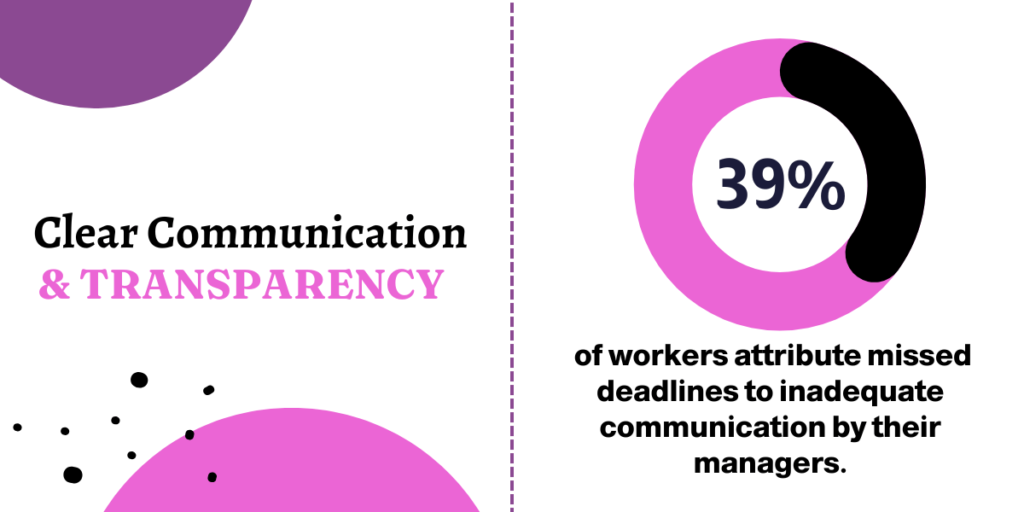
Therefore, clear communication and transparency are essential management tools for maintaining employee engagement and motivation. Employees need to know what is expected of them and how their work contributes to the organization’s overall goals. Managers should ensure that they provide their employees with regular updates and are open to feedback and questions.
To ensure clear communication and transparency, the following tips will be helpful:
Effective communication is key to ensuring that employees understand their role and how it contributes to the organization’s objectives. Managers should make it a priority to keep their team members informed by providing regular updates, and by encouraging an open-door policy where employees feel comfortable sharing their feedback and asking questions. This not only helps employees stay engaged and motivated but also fosters a sense of belonging and teamwork.
Without open communication in the workplace, tasks can remain incomplete, workers can become disengaged, and lose motivation. Therefore, managers need to encourage open and honest communication at all levels of the organization. Employees should feel comfortable sharing their thoughts and ideas with their managers and supervisors. Managers should also be open and honest with their employees and should be willing to listen to feedback and respond to concerns. This will help to create a culture of trust and respect, which will be beneficial for both employees and the organization.
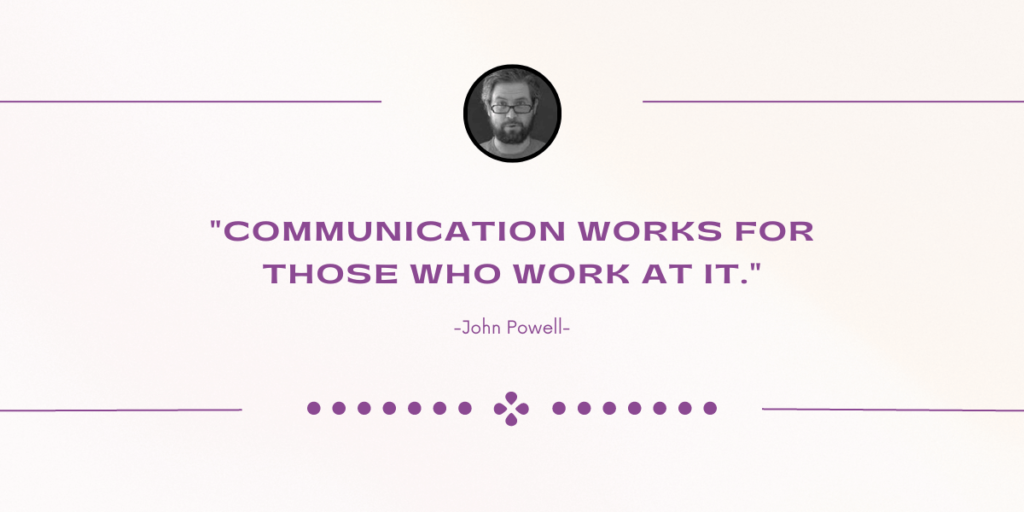
With an increasing number of employees working remotely, it’s important to use various communication channels to reach all employees. For example, use video conferencing, instant messaging, and email in addition to in-person meetings. This will help to ensure that all employees are informed and engaged, regardless of their location.
3. Employee Development and Training Opportunities
According to the Society for Human Resource Management (SHRM), companies that invest in employee development and training opportunities tend to have more engaged and satisfied employees. The research reported that 68 percent of workers wanted to stay with their organization throughout their careers if the organization made an effort to upskill them, while 65 percent of workers showed their willingness to stay throughout their careers if their employer made an effort to reskill them.
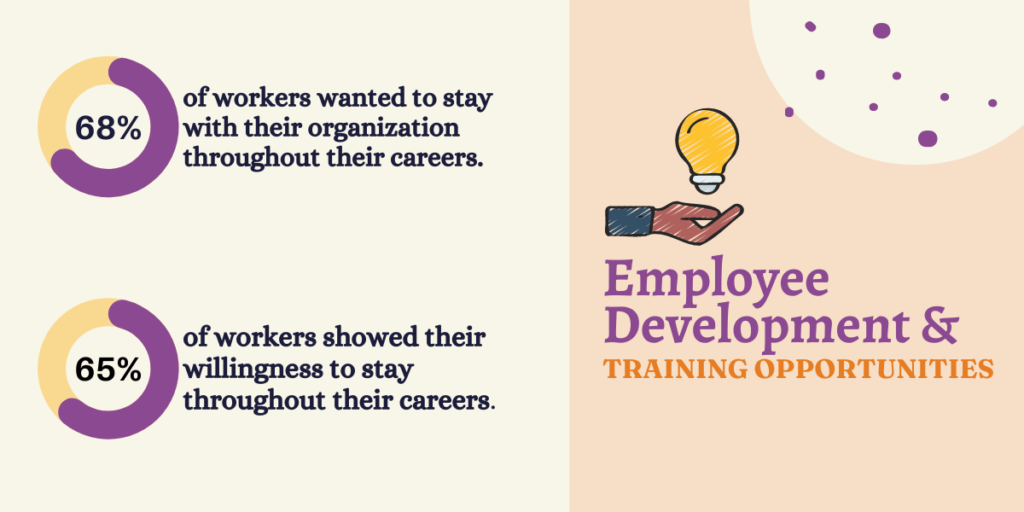
Providing employees with opportunities for professional development and training can help to keep them engaged and motivated. When employees feel that they are learning and growing, they are more likely to feel invested in their work and to stay with their employer. Managers should make sure that they are providing their employees with opportunities for professional development and that they are encouraging them to take advantage of these opportunities.
The following tips can help managers in employee development and providing training opportunities:
Offering professional development opportunities to employees has been proven to increase employee satisfaction, motivation, and engagement. By giving your employees the chance to learn new skills and grow in their roles, they will feel more invested in their work and more likely to stay with the organization. Managers should prioritize the provision of professional development opportunities and actively encourage their team members to take advantage of them to foster an environment of continuous learning and development
Encourage employees to take advantage of the opportunities for professional development and training that are available to them. This can be done through one-on-one meetings, performance evaluations, or the use of employee engagement surveys. By providing employees with the tools and support they need to grow and develop, managers can help to keep them engaged and motivated.
Provide employees with the resources and support they need to learn and grow. This can include access to training courses and workshops, mentoring programs, and online resources. By providing employees with the resources and support they need to learn and grow, managers can help to keep them engaged and motivated.
4. Flexible Work Arrangements
Among the best employee engagement tools are flexible work arrangements. When employees can balance their work and personal lives, they are more likely to be productive and feel satisfied with their jobs. This employee engagement strategy works well and managers should consider offering flexible work arrangements to their employees and ensure they provide the necessary support and resources to make these arrangements work. 67% of small businesses offer some form of flexible work arrangement.
The following tips can help managers boost employee engagement in 2025:
Research by the Workset website shows that 73% of employees reported increased satisfaction and engagement at work when they were allowed flexible work arrangements. Of them, 47% strongly agreed that flexible work arrangements contribute to their productivity.
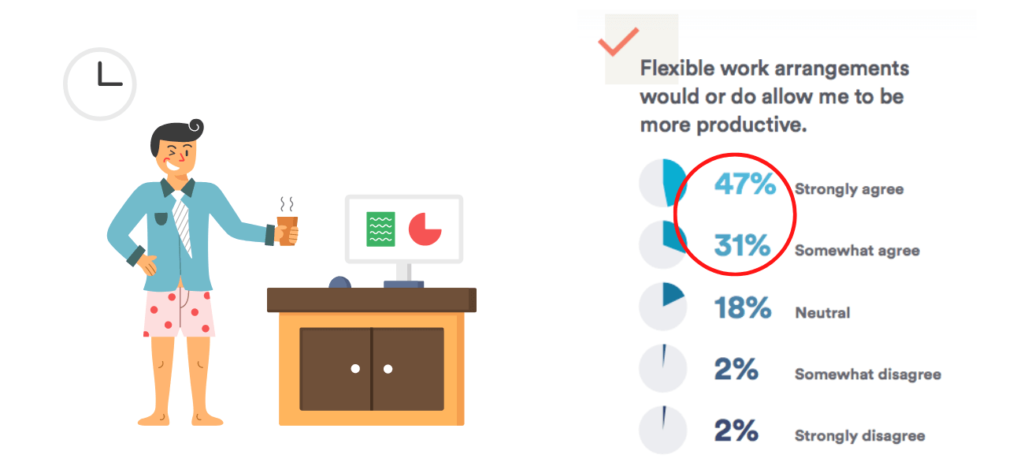
Flexible work arrangements, such as telecommuting and flexible hours, can keep employees engaged and motivated. Managers should consider offering flexible work arrangements to their employees and ensure they provide the necessary support and resources to make these arrangements work.
When offering flexible work arrangements, it is important to provide employees with the necessary support and resources to make these arrangements work. This includes providing employees with the equipment and software they need to work remotely, as well as providing them with access to the same resources and support as on-site employees.
Some employees prefer to work remotely, while others prefer flexible or part-time work. Managers should be open to different types of flexible work arrangements and work with employees to find arrangements that work best for them.
5. Employee Feedback and Survey Tools
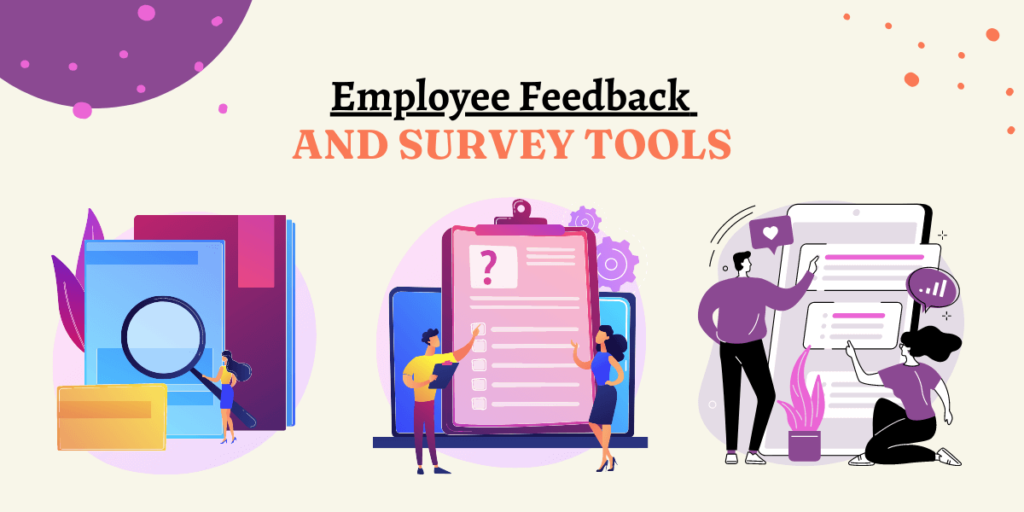
Employee feedback and survey tools can provide valuable insights into employee engagement and motivation. Managers should make sure that they are regularly collecting feedback from their employees and that they are taking action on the feedback they receive. Employee feedback and survey tools can also identify issues that need to be addressed and track progress over time.
For your information, implementing the best employee engagement software can help you improve employee engagement at the workplace. 98% of employees will fail to be engaged when managers give little or no feedback to their workers.
The following tips can help managers increase employee engagement by using employee feedback and survey tools effectively:
Employee feedback and survey tools can provide valuable insights into employee engagement and motivation. Managers should ensure that they are regularly collecting feedback from their employees and taking action on the feedback they receive.
Managers should take action on the feedback they receive from employees. This could include addressing issues that have been raised, making changes to policies or procedures, or recognizing and rewarding employees for their contributions.
Employee feedback and survey tools can also identify issues that need to be addressed and track progress over time. Managers should use these tools to identify areas where improvements can be made and to monitor progress toward achieving goals related to employee engagement and motivation.
Maximize productivity of your business
Track employee productivity and simplify work with them
Implementing the Management Tools
Implementing the right management tools is essential for maintaining employee engagement and motivation in the workplace. However, it is not enough to introduce these tools, managers need to know how to effectively implement and utilize them to achieve the desired results. A report by Mordor Intelligence states that the project management software market is growing faster than ever before. It was valued at USD 5.37 billion in 2020 and is estimated to reach USD 9.81 billion by 2026 at a growth rate of CAGR of 10.67% over the forecast period (2021 – 2026).
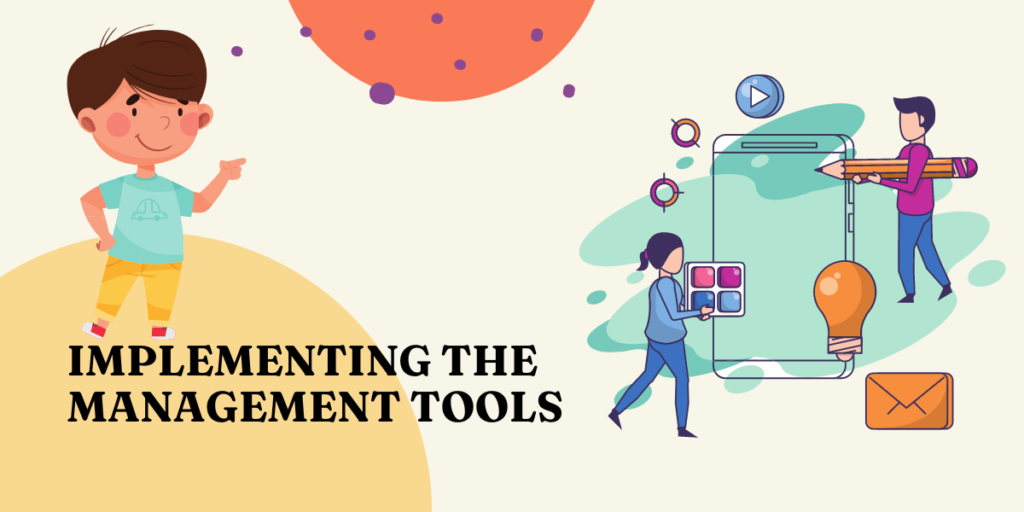
In this section, we will discuss some tips and best practices for introducing and implementing these tools effectively in the workplace:
When introducing management tools to employees, it is important to communicate the purpose and benefits of the tools. This will help ensure that employees understand why the tools are being introduced and how they can benefit from them.
To get the most out of these tools, it is important to provide employees with any necessary training on how to use them. This could include providing employees with tutorials or walkthroughs on how to use the tools, as well as providing support if they have any questions or issues.
Before employees start using management tools, it is important to set goals and objectives for how the tools will be used. It is also important to monitor progress over time and adjust as needed to ensure that the desired outcomes are met.
What to Look for in Employee Engagement Software?
You might also feel the need of using software to keep your employees engaged. When looking for any employee engagement software, it is important to consider factors such as features, cost, and usability. It is also important to ensure that the software is compatible with existing systems and processes in your organization.
When looking for a good employee engagement platform, keep an eye out for the following aspects and features:
These tips can help managers use employee feedback and survey tools effectively to maintain employee engagement and motivation in the workplace.
Implementing the right tools effectively can help create a more productive and motivated workforce.
With the right management tools in place, managers will be able to foster an engaging work environment where employees feel valued and appreciated for their contributions. This is key to creating a successful business in 2025.
Conclusion
In conclusion, employee engagement and motivation are crucial for the success of any business.
By providing employees with opportunities for professional development, recognizing and rewarding their achievements, providing clear communication, and offering flexible work arrangements, managers can help to keep their employees engaged and motivated in 2025.
With the right management tools and techniques, businesses can create a positive and productive work environment that benefits employees and the organization.
– The Monitask Team



